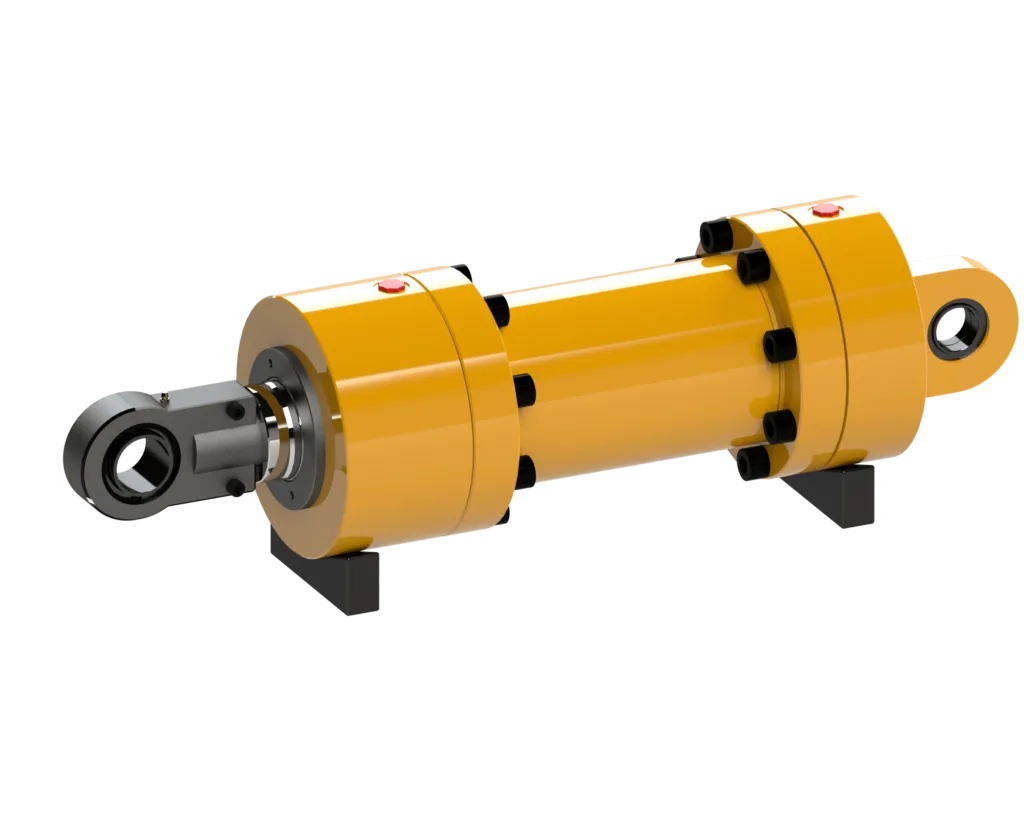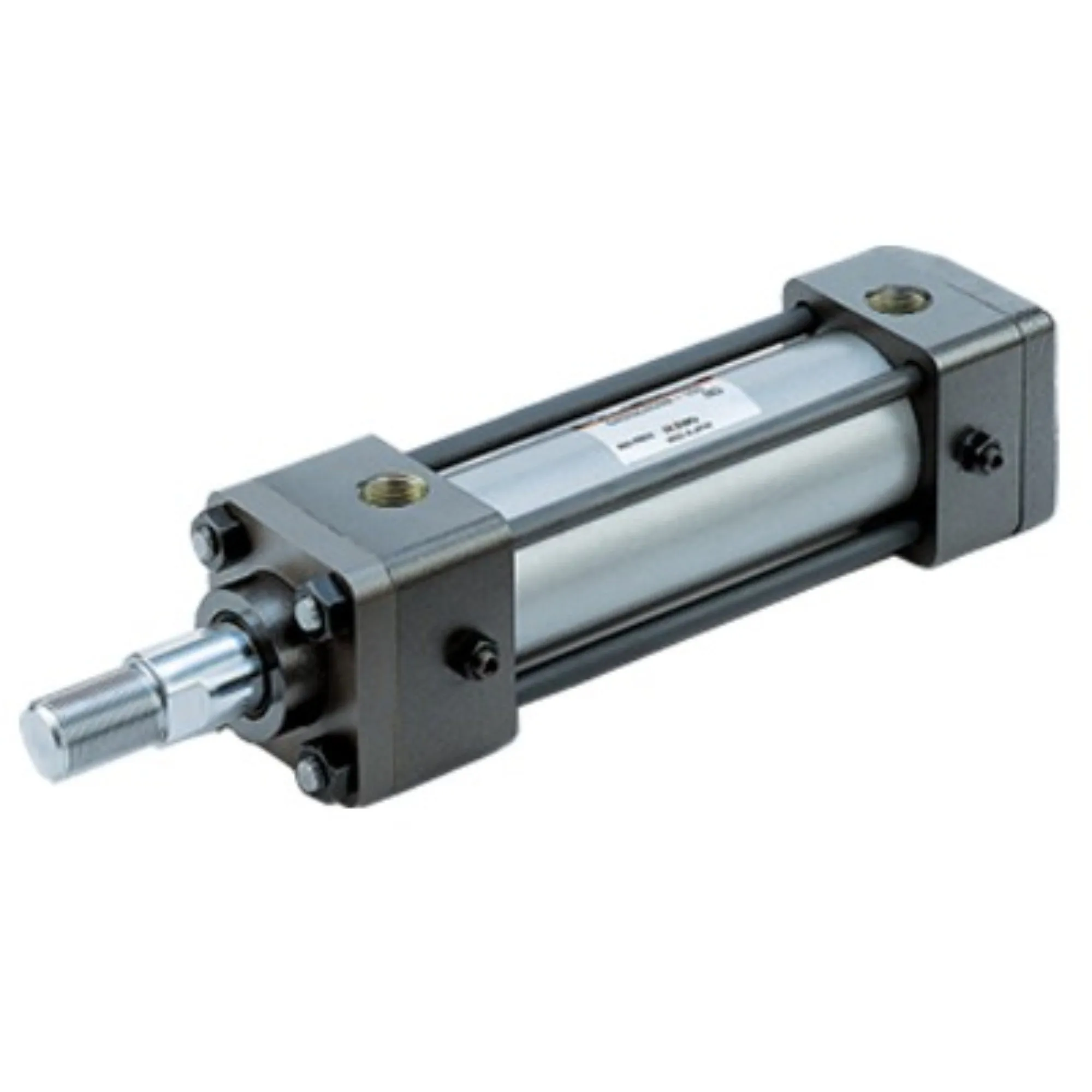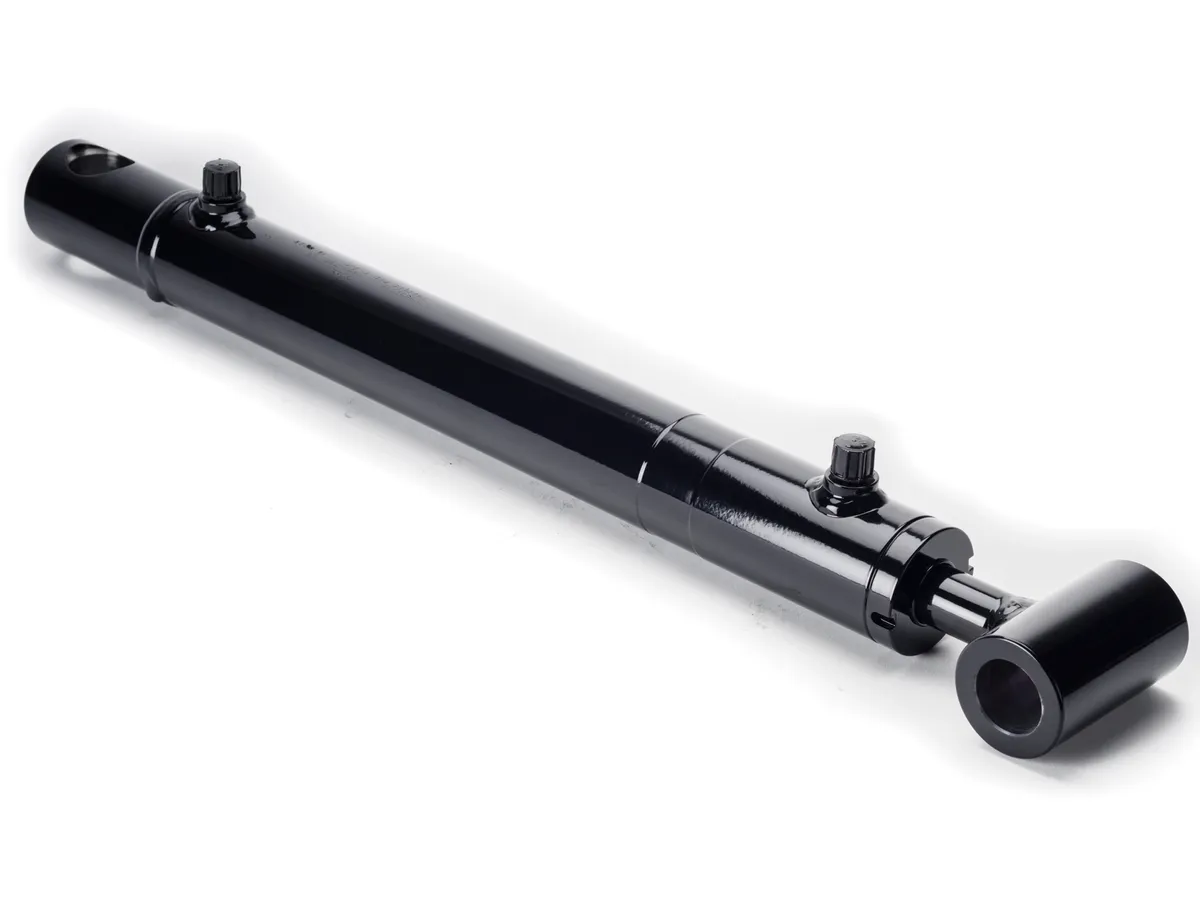Unlocking the Potential of Locking Single-Acting Hydraulic Cylinder For Conveyor Systems
Introduction
The locking single-acting hydraulic cylinder is a key component in conveyor systems, operating under hydraulic pressure in one direction with a locking function to prevent movement when pressure is lost.
Design and Construction Characteristics
Locking Mechanism – Safety
The primary feature of the locking single-acting hydraulic cylinder is its safety mechanism, which keeps the piston secure in case of hydraulic pressure loss, preventing accidental retraction through mechanical or hydraulic locks.
Variety
The design of the locking mechanism can be customized for specific applications, utilizing spring-loaded devices, pin locks, or other mechanical locks to suit diverse needs.
Compact Structure – Space Optimization
These cylinders are compactly designed for use in confined spaces, making them ideal for various equipment and machinery, ensuring ease of installation and operation.
Precision Manufacturing – High-Precision Machining
The components of locking single-acting hydraulic cylinders undergo high-precision machining to achieve tight fits and superior sealing performance, minimizing the risk of leakage.

Strict Quality Control
Each component undergoes rigorous quality testing during production to ensure reliability, with materials and processes scrutinized to meet stringent standards.
Assembly Process – Specialized Assembly
Professional technicians oversee the assembly process to ensure correct installation and calibration of components, followed by a pressure test to confirm performance and tightness.
Working Principle
The locking single-acting hydraulic cylinder operates with a single-acting mechanism that extends the cylinder using hydraulic pressure, while a locking mechanism holds the piston in place to prevent retraction under load.
Types and Configurations
1. Spring-Loaded Locking Mechanism
This type utilizes a spring-loaded device to secure the piston, providing a reliable locking function for enhanced safety.
2. Pin Locks
Pin locks offer a simple yet effective locking solution, ensuring the piston remains fixed even in the absence of hydraulic pressure.
3. Hydraulic Locking Mechanism

Hydraulic locks maintain pressure in a specific chamber to secure the piston, offering a versatile locking option for different applications.
Benefits
Enhanced Security
The locking feature reduces the risk of accidents and improves operator safety by preventing unintended retractions.
Reliability
Designed to operate under high loads and varying conditions, these cylinders ensure consistent performance and reliability in diverse environments.
Simplicity
Easy to operate and maintain, these cylinders offer user-friendly solutions for a wide range of applications, promoting efficiency and ease of use.
Application Scenarios
Construction Equipment
Commonly used in cranes, hoists, and lifts where heavy loads need to be securely held in place during operations.
Manufacturing
Utilized in presses for forming materials under high pressure, ensuring stability and safety during processing.
Transportation
Applied in stabilizers and jacks for vehicles to maintain safety during maintenance and transportation tasks.
Design Considerations and Selection Criteria
Bearing Capacity
Understanding the load-bearing capacity of the cylinder is crucial for selecting the right model to meet operational requirements.
Sealing and Durability
Ensuring proper sealing and durability of components is essential for maintaining performance and preventing leaks in the system.
Maintainability
Easy maintenance and serviceability should be considered when choosing a locking single-acting hydraulic cylinder for long-term reliability.
Sealing and Lubrication
Seal Materials
Utilizing high-quality seal materials such as polyurethane and nitrile rubber ensures wear resistance and longevity of the cylinder.

Lubrication
Regularly filling the cylinder with hydraulic oil for lubrication improves wear resistance and ensures smooth operation of the components.
Maintenance and Inspection
Regular Inspection
Scheduled inspections and preventive maintenance measures help identify potential issues early and ensure optimal performance of the cylinder.
Proper Lubrication
Regularly lubricating the cylinder components extends their lifespan and reduces friction, enhancing overall efficiency.
Seal Replacement
Replacing worn seals in a timely manner prevents leaks and maintains the integrity of the hydraulic system for reliable operation.
Installation Guide
Proper installation of the locking single-acting hydraulic cylinder is crucial for ensuring optimal performance and safety. Follow these guidelines for a successful installation:
Maintenance Tasks
Correct Installation
Ensuring the cylinder is correctly aligned during installation and using appropriate mounting brackets for stability is essential for long-term performance.
Proper Lubrication
Regularly lubricating the cylinder components with the recommended hydraulic oil improves wear resistance and extends the lifespan of the system.
Calibration Inspection
Regular calibration inspections help maintain the accuracy and efficiency of the cylinder, ensuring it operates at peak performance levels.
Safety Considerations
Adhering to safety measures and considering environmental factors when using locking single-acting hydraulic cylinders is essential to prevent accidents and ensure operational efficiency.
Fault Diagnosis and Common Problems
Identifying common issues and troubleshooting tips for locking single-acting hydraulic cylinders can help maintain optimal performance and prevent downtime in conveyor systems.
Unit Power
Influencing Factors
The unit power of locking single-acting hydraulic cylinders is influenced by factors such as cylinder diameter, operating pressure, piston speed, and load conditions, affecting overall performance.
Advantages of Optimizing Power Unit
Improve Efficiency
Optimizing the power unit enhances efficiency by increasing power output, reducing operation time, and boosting production capacity.
Energy Saving
Efficient design and operation of the power unit can lead to energy savings, lowering operating costs and promoting sustainability.
Enhance Reliability
Proper power management extends equipment lifespan, reduces failure rates, and ensures reliable operation of the hydraulic system.
Questions and Answers

1. How does the locking mechanism in a single-acting hydraulic cylinder work?
The locking mechanism in a single-acting hydraulic cylinder holds the piston in place using mechanical or hydraulic locks, preventing retraction under load.
2. What are the main components of a locking single-acting hydraulic cylinder?
The main components include the piston, cylinder, locking mechanism, seals, and hydraulic system, working together to ensure safe and efficient operation.
3. What advantages do locking single-acting hydraulic cylinders offer over standard single-acting cylinders?
Locking single-acting cylinders provide enhanced safety, reliability, and simplicity of operation, making them ideal for applications requiring secure load holding capabilities.
Long-Tail Keywords
1. Locking Single-Acting Hydraulic Cylinder for Conveyor Systems: A reliable solution for secure load handling in conveyor applications.
2. Hydraulic Cylinder with Locking Mechanism: Enhancing safety and efficiency in material handling operations.
3. Single-Acting Cylinder for Conveyor Systems: Optimized performance for smooth and reliable operation in conveyor applications.
Our Company
We are a leading hydraulic cylinder manufacturer specializing in locking single-acting cylinders for conveyor systems. With a comprehensive product line and a focus on quality and innovation, we aim to provide reliable solutions for diverse industrial applications.
Author: lyl
